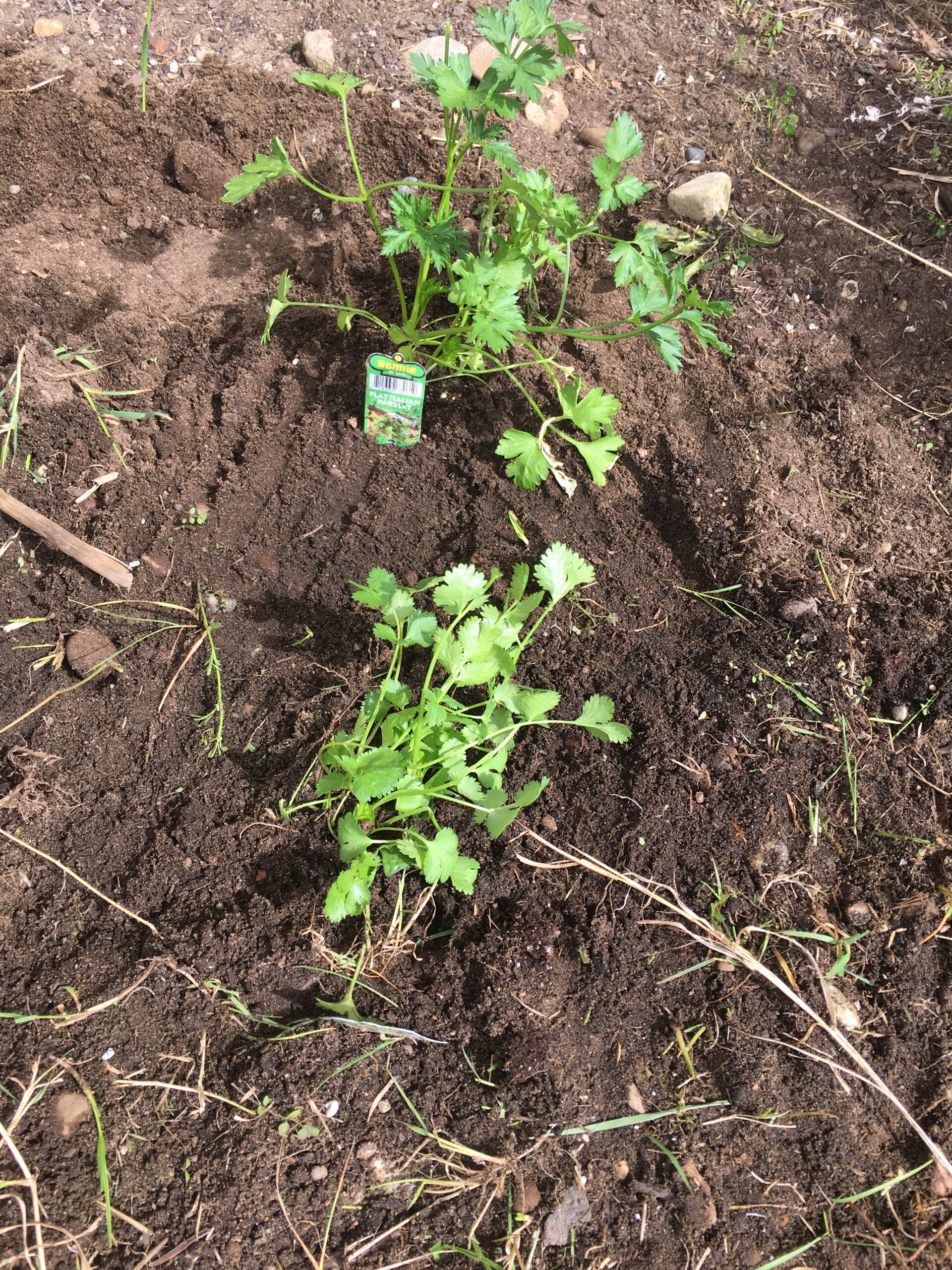Could our soil save us?
According to climate scientists around the globe, we need to make rapid changes to save our planet, and we need to do it now. The pressure is intense. Yet the pandemic showed us that even when we shut our economy down and cut down to the bare bones of living, it’s not enough of a change.
The suggestions on what to do run from switching entirely to clean energy, inventing new technologies fast, and even geoengineering the entire planet to try and make things better. Some of these solutions are good, some less so. Yet, what if there was a solution that could potentially sequester huge amounts of carbon, while at the same time benefiting humans and wildlife alike?
How soil can save us
It turns out, the potential for our agriculture lands to help fight the climate crisis is notable. In nature, be it forests or grasslands, the carbon cycle is more or less the same. Plants take carbon from the air, and store it in their bodies. In grass this is usually stored in their roots, while trees tend to store it in their trunks.
Agriculture lands have the power to store vast quantities of carbon, since all the plants we love to eat also have the power to store carbon. We only need to change how we go about farming to capture these benefits.
Sustainable Agriculture Techniques
The most powerful change a farmer can make is switching from tilling to no-till. Farmers typically till for a variety of reasons–to till weed seeds into the ground, to fallow it, and to loosen the soil for the next round of crops.
Unfortunately, tilling destroys soil structure and releases huge amounts of carbon into the atmosphere. It also causes soil quality to steadily decline. This problem is a constant battle for farmers, with each successive year meaning worse soil conditions than the year before.
Many farmers have given up on traditional farming to take up no-till practices. For them, no-till is about improving moisture retention in drought years, but improved yields even in rainy times are what keeps them going.
No-till practices are better for the soil, better for the environment, and can sequester a great deal of carbon. According to one report by Purdue, adopting no-till strategies alone would be enough to sequester 123,000,000 metric tons of carbon.
The potential for sequestration could be even greater. One IPCC report indicated that if sustainable agriculture was adopted across the board, it could turn agriculture into a carbon negative industry.
We still have a lot to learn about carbon sequestration, but our soil needs to be a key part of it. Taking care of the land will help it take care of us in the best way possible.











